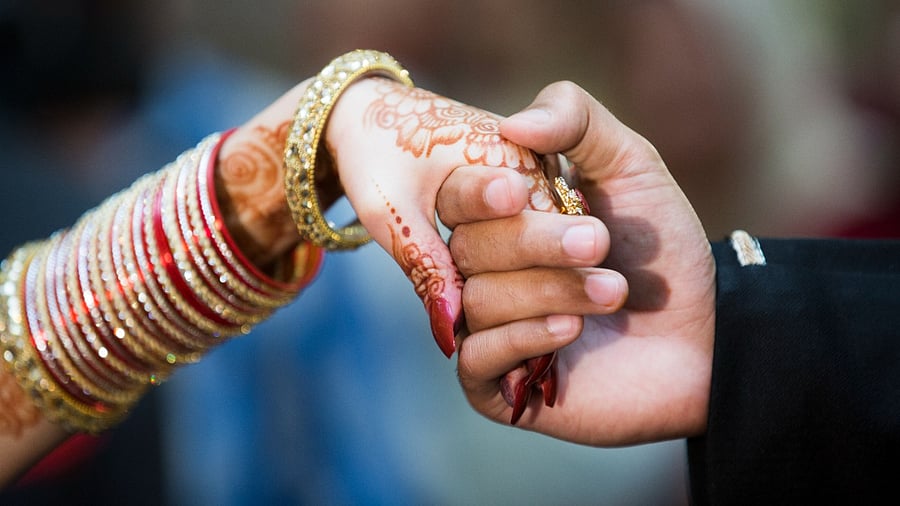
The Union Cabinet on Thursday cleared a proposal to increase the legal marriage age for women from 18 to 21. Among other reasons, the move is being seen by some as a way to further curb child marriages and foster gender neutrality. It has been met with both plaudits and pessimism, with some activists claiming it does more harm than good.
As the government is set to change the marriageable age for the first time in 43 years, here's a look at why it's being and done and why some experts are opposing it.
What do the current laws mandate?
In 2006, the Prevention of Child Marriage Act was brought in to prescribe a minimum age of marriage, replacing the Child Marriage Restraint Act, 1929, also known as the Sharda Act.
Section 5(iii) of the Hindu Marriage Act, 1955, stipulates 18 years as the minimum age for women and 21 for men.
The government is expected to first amend the Prohibition of Child Marriage Act, 2006, after which amendments to the Special Marriage Act and personal laws such as the Hindu Marriage Act, 1955, will be brought in. All of these legislations prescribe 18 as the minimum age of marriage.
Who brought forward the proposal, and why was it necessitated?
The proposal was recommended by a NITI Aayog-appointed task force formed in June 2020, headed by former Samta party chief Jaya Jaitley, to look at issues related to the age of motherhood, lowering maternal mortality rate, and increasing nutritional levels among women and children.
The early age of marriage and resultant early pregnancies can impact the nutritional levels of mothers and their children and their overall health and wellbeing. It also affects Infant Mortality Rate (MR) and Maternal Mortality Rate (MMR), besides denying women access to education and livelihood.
Jaitley said that the task force spoke to a lot of young people and organisations, and distributed a questionnaire in 16 universities among children spanning all religions. “Most of them said the age of marriage should be 22 or 23. We recommended 21,” she said.
She said that there is a need for families to stop seeing the girl child as a burden.
“Even though 18 is the present age limit, we are seeing that girls are married off at 16; there is a need to change the mentality that girls are a burden and they should be married off. Girls should have the opportunity for education and become self-sufficient through jobs. Only when there are opportunities for women and they have the support of the law, will there be changes in society,” said Jaitly.
She stressed the need for a campaign to educate people.
What does the data suggest?
The most recent edition of the National Family Health Survey (NFHS) that the prevalence of child marriage came down slightly from 27 per cent in 2015-16 to 23 per cent in 2019-20, according to multiple reports.
Why are some activists/experts against this amendment?
Some argue that the decline in child marriages was not a result of the law penalising it as much as more women getting educated and employed.
Flavia Agnes, a women's rights lawyer, told Al Jazeera that the move would be a "disaster." “It is going to be (a) disaster if they are going to hold all marriages before 21 as invalid,” she said.
“Even now, so many girls are getting married even before 18. They are getting pregnant at the age of 13, 14 and 15. Now you are going to increase it to 21, it’s going to be a real disaster,” she added.
A report by The Indian Express quoting critics suggested that if it is coercive, it would hurt members of marginalised communities like SCs and STs, where women tend to marry at an earlier age, making them law-breakers.
(With DHNS inputs)
Check out latest DH videos here
